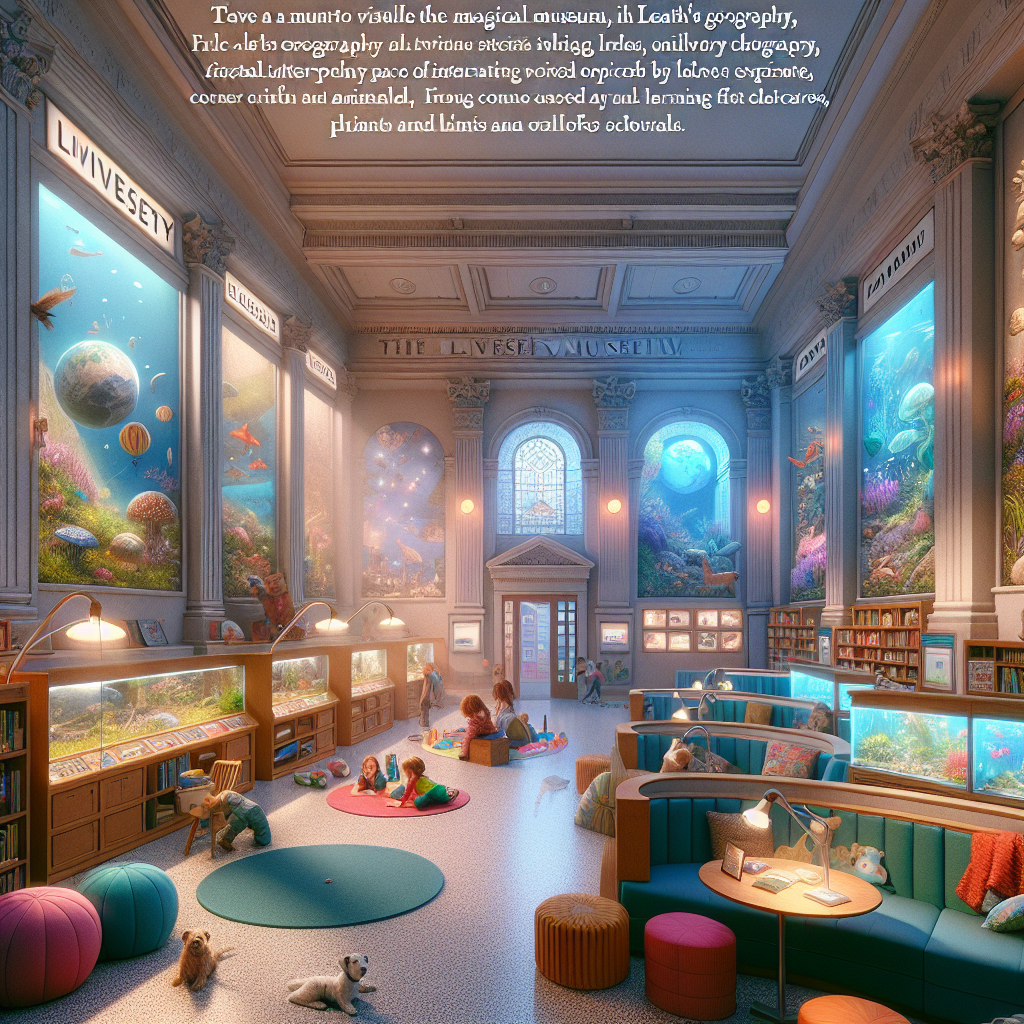Have you heard about a place where kids can actually get their hands dirty, explore without helicopter parents hovering overhead, and learn something about the real world instead of the carefully curated, sanitized version? Let me introduce you to the Livesey Museum for Children. This gem used to sit right in Southwark, London, serving as a wonderland of exploration for kids from its inception in 1974 until its unfortunate closure in 2008. Located in a former public library building, the museum was the place for children ages 5 to 11 to engage in hands-on exhibits emphasizing art, history, and science. It shattered the boundaries of traditional learning, by promoting imaginative play and interaction—a stark contrast to the protected environments some modern parents and educators prefer.
Let's talk about why Livesey Museum was an exceptional institution children craved. First off, while everyone else was bubble-wrapping their kids and talking about 'safe spaces', Livesey was a place where raw learning and real-life experiences happened. Kids weren't spoon-fed ideas but encouraged to think for themselves. While many modern educational environments tailor experiences to be politically correct, Livesey pushed the envelope by challenging young minds to question and explore beyond the curated norm.
One compelling reason why Livesey Museum was so impactful is its connection to real-world experiences. Kids wouldn't just read about science from a textbook but actually interact with exhibits that brought these concepts to life. While today's digital media spoon-feeds education through screens, Livesey's philosophy embraced the tangible and tactile. Through interactive expos, children could delve into the wonders of ancient Egypt or the rocky landscapes of Mars. By encouraging tactile engagement, the Livesey Museum imbued youngsters with a natural curiosity and hands-on learning that built a foundation for independent thinking.
In an age where many believe that teaching should aim never to offend or challenge preconceived biases, Livesey didn’t shy away from introducing bold ideas. For instance, their exhibitions on history weren't sanitized to avoid discomfort. They presented significant cultural elements, letting kids question narratives and think critically. Unlike the mainstream educational settings that focus on emotionally safe material, Livesey dared to prompt questions, making kids develop their perspectives instead of airbrushing the uncomfortable parts of history.
The museum became famous for its community approach too. It wasn’t just a museum but a hub for bringing families together—a place encouraging parents to step back and let their kids explore independently in a safe, controlled environment. This communal experience fostered a stronger bond between families and their local community. It also reminded people of the vital role of museums: centers of learning, culture, and shared experiences rather than places for passive observation. Livesey taught the value of stepping outside the conventional classroom and traditional thinking.
Beyond just igniting young minds, the Livesey Museum for Children fought the crime of robbing a child’s chance to face life's realities. While some modern educational settings choose to shelter students, often treating these environments as incubators for fragile egos, Livesey offered children exposure to challenges that they might confront in the outside world. This allowed them to build resilience, a trait undervalued by many contemporary educators.
Moreover, Livesey Museum did not just focus on education but inspired creativity. Drawing, music, and performance were not only cherished but were integral to their philosophy. There was joy and laughter echoing in those rooms—a far cry from the flat tones of so many modern educational efforts drowning in red tape and stifling protocols. Creativity was encouraged and art wasn't pushed aside in favor of 'core subjects'. It was a glorious rebellion against the cookie-cutter version of education that often seeks to create uniformity.
Even though the museum closed due to funding challenges in 2008, its spirit carries on from those who cherished it. The building itself was a marvel, with stunning architectural design—a reminder of the aesthetic value that can sometimes be swapped for functionality in our concrete jungle. Despite the closure, the spirit of the experiences kids gained at Livesey lives on in the stories and memories of all who stepped through its doors.
The Livesey Museum stands as a testament to the power of real learning, offering kids a space of exploration and challenge free from an overly protective world. It countered the modern narrative of creating environments where discomfort is hidden. Instead, it showed that resilience, curiosity, and a little bit of dirt under the nails were part of a formative experience. If only the adults in charge could have found a way to support such bastions of learning without succumbing to the lure of either political agendas or the all-too-often path of least resistance in education.

